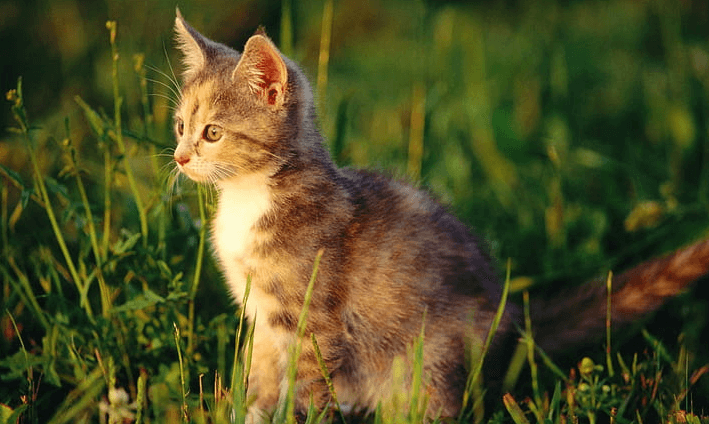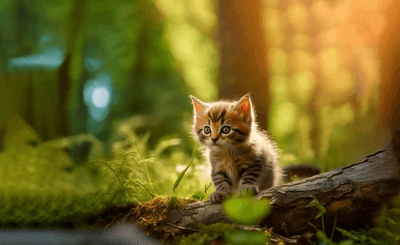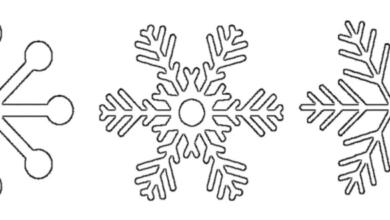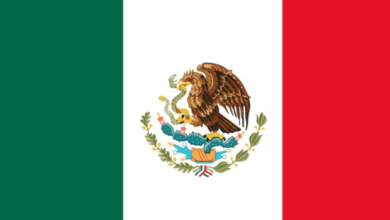kuromi:fox5ydxdt58= hello kitty

Introduction
Sanrio, a renowned Japanese company, has captured the hearts of millions worldwide with its extensive range of adorable character merchandise. Among the most iconic of these characters are kuromi:fox5ydxdt58= hello kitty. This article delves into the origins, characteristics, and cultural significance of these beloved figures.
Hello Kitty
Origin and Creation
Hello Kitty, designed by Yuko Shimizu, made her debut in 1974. Adorned with a signature bow and no visible mouth, Hello Kitty was crafted to evoke happiness and friendship.
Characteristics
Hello Kitty is depicted as a kind-hearted and cheerful white Japanese bobtail cat. Her simplicity and universal appeal make her accessible to fans of all ages.
Popularity and Cultural Impact
Hello Kitty has transcended the realm of merchandise to become a global phenomenon. She appears on everything from school supplies and clothing to airplanes and themed cafes, embodying a cultural icon that promotes a message of friendship and kindness.
Kuromi
Origin and Creation
Kuromi made her first appearance in 2005 in the Sanrio series “Onegai My Melody.” She is often seen as Hello Kitty’s gothic counterpart, with a mischievous and tomboyish personality.
Characteristics
Distinguished by her black jester’s hat with a pink skull, Kuromi is a rabbit with a punk rock attitude. Her look is a stark contrast to Hello Kitty’s soft and pure image, which appeals particularly to those who gravitate towards a more rebellious aesthetic.
Read Also gk questions for school assembly
Role in Media and Merchandise
While not as universally recognized as Hello Kitty, Kuromi enjoys popularity within niche communities. She frequently appears in various Sanrio animations and has a dedicated line of merchandise targeting an audience that appreciates her unique charm.
Comparison and Interaction
Hello Kitty and Kuromi cater to vastly different fan bases, yet both characters share the common thread of Sanrio’s core values of friendship and kindness. Despite their differences, they occasionally appear together in merchandise and promotional events, showcasing their dynamic as contrasting yet complementary figures.

Cultural Impact and Legacy
Hello Kitty and Kuromi have both significantly influenced global fashion trends and pop culture. Hello Kitty is often seen as a symbol of cute (kawaii) culture in Japan, while Kuromi represents the edgier side of the spectrum. Together, they showcase the diversity of Sanrio’s character range and their collective impact on both Eastern and Western cultures.
Read Also school small thoughts in english
Conclusion
kuromi:fox5ydxdt58= hello kitty continue to be quintessential representatives of Sanrio’s vision, each serving different cultural preferences and aesthetic tastes. Their enduring popularity underscores their significant role not only in Japan’s kawaii culture but also across the globe as ambassadors of joy and friendship.
FAQs
Q: Who created Hello Kitty and Kuromi? A: Hello Kitty was created by Yuko Shimizu and debuted in 1974, while Kuromi was introduced in 2005 as part of the “Onegai My Melody” series.
Q: What are the key differences between Hello Kitty and Kuromi? A: Hello Kitty is characterized by her cheerful and friendly nature, depicted as a cute white cat with a bow. Kuromi, on the other hand, features a more rebellious and mischievous personality, often styled in a gothic theme.
Q: Can Hello Kitty and Kuromi be seen in the same media or products? A: Yes, although they originate from different series, Hello Kitty and Kuromi are sometimes featured together in Sanrio’s merchandise and promotional events.
Q: What cultural impact do these characters have? A: Hello Kitty is a global icon of Japanese kawaii culture, influencing fashion, media, and more. Kuromi appeals to audiences who appreciate a darker, more alternative style, contributing to the diversity within kawaii culture.



